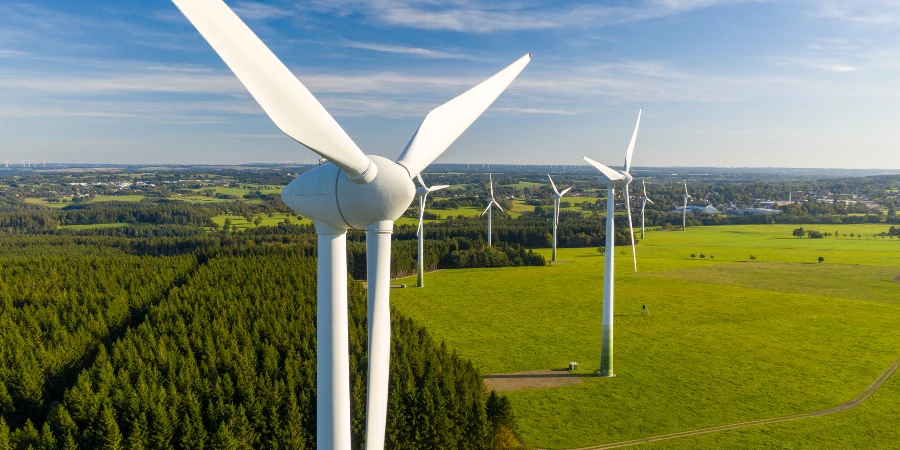Wind generators make one aspect of our energy future possible: they exemplify clean, new and sustainable energy. Emerging as one of the most significant modern technologies of our time, they also symbolise our care for the environment. In this article, we look at wind generators in detail, their functioning, advantages, installation issues, and recent developments. Join us as we explore the world of wind generators and in turn, help craft a greener planet.
Table of Contents:
– How wind generators work
– The environmental benefits of wind energy
– Installation considerations for wind generators
– Technological advancements in wind generators
– Future prospects of wind energy
How wind generators work
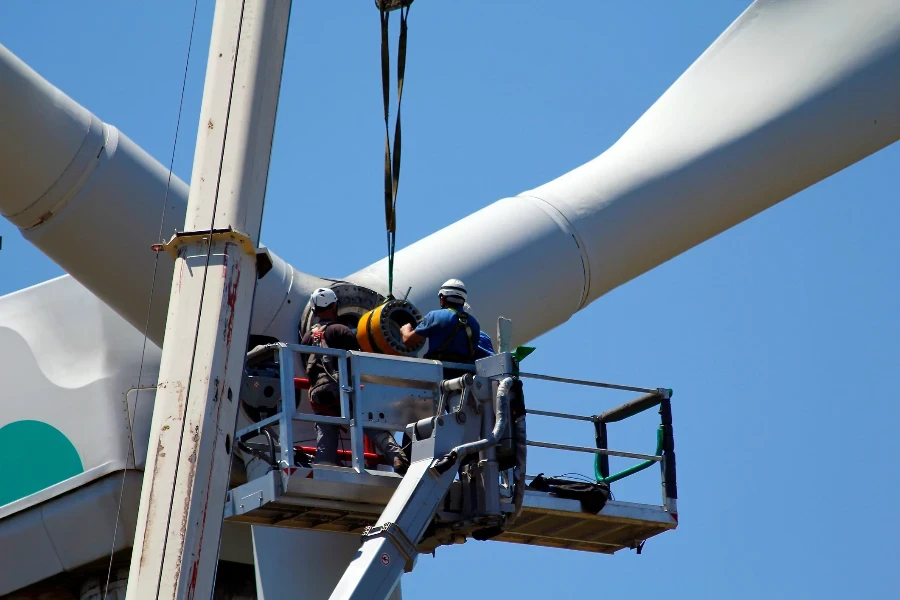
The wind generators, or wind turbines, produce electrical power from the kinetic energy of wind in a process that is both a showcase of physics elegance and engineering ingenuity. A wind turbine consists essentially of a set of blades mounted on a shaft that is in turn connected to a generator. As the wind passes over the blades, it generates lift and drag that causes them to rotate. This mechanical energy is then fed through the shaft to the generator, where it is converted into electrical energy. The efficacy of that conversion has been enhanced tremendously by the developments in blade designs and materials.
The performance of wind generators varies depending on the location. This is because wind speed and consistency are the important factors that affect the output of a turbine. The places with steady strong winds are mainly coasts and open plains, which tend to have greater wind power. With the development of technology, wind generators are beginning to be used more widely in a variety of locations.
To see the value of wind generators, then, you need to look at how they work. They are just another part of the energy ecosystem. And here it is that their value shines. Like any generator, a wind generator is, in a sense, bridging the gap between two different energies. Most generators do this by transforming the heat of combustion into electric motion. But wind generators tap into something even more abundant than the heat generated by combustion: the wind.
The environmental benefits of wind energy
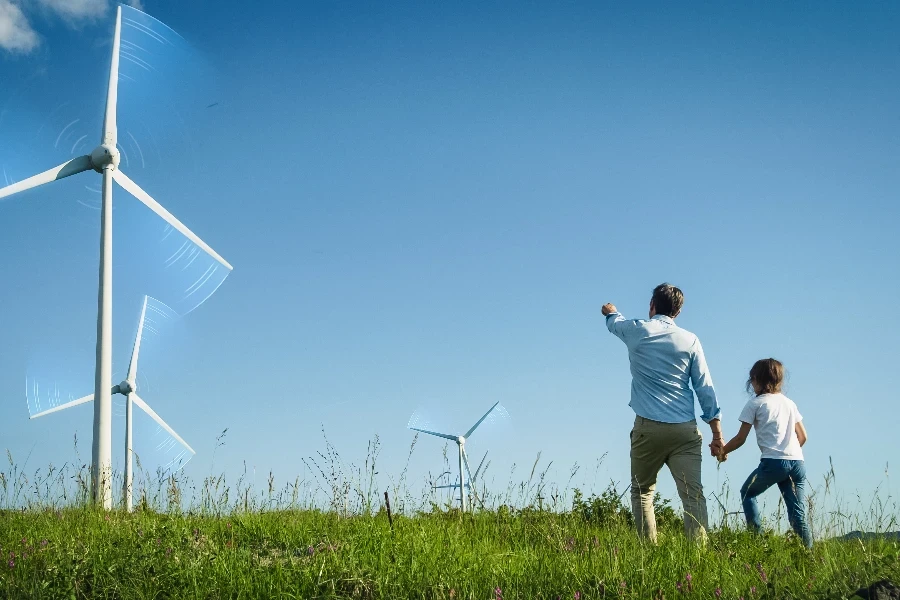
Wind energy is one of the cornerstones of environmental protection among renewable energies. The most important benefit is the reduction of greenhouse gas emissions. Wind generators produce electricity without releasing carbon dioxide or other emissions, making it a useful tool for the fight against climate change.
Also, wind energy is good for conservation of water. Power plants require large amounts of water for the cooling process, but wind turbines do not use any water at all, easing dryness in local water sources. This is particularly important in times of scarce water.
The scalable nature of wind energy makes this a good fit for a wide array of applications, from a single domestic turbine powering a home to a wind farm providing electricity to a whole regional grid. The flexibility in wind energy scaling makes it well suited to different environmental and community needs.
Installation considerations for wind generators
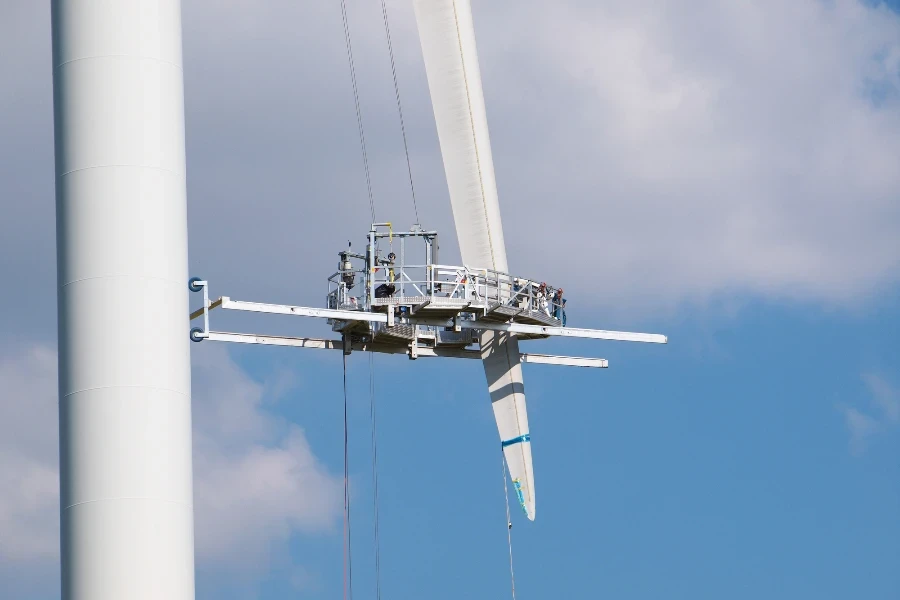
Choosing to install a wind generator isn’t done lightly: a thoughtful analysis of different aspects must be exercised to ensure that one can work well. The first thing that needs to be done is to perform a wind assessment. This will help determine whether wind speed and patterns in a specific area are adequate enough to meet the minimum requirements for a generator to efficiently function.
Legal and social considerations come into play with regard to where you would want to put your structure as well; for example, are there zoning restrictions that would preclude set-up in your selected location? Where might necessary permits or approvals from local authorities be required? With whom might your neighbours or other nearby residents have to be consulted, especially if they might be negatively affected by the noise of your machine or if the proposed site would disrupt wildlife? How might you alleviate such concerns and smooth the way for installation? Early consultation with the local community and authorities could help to identify potential issues and determine mitigating measures.
Beyond the issues of the whirring of blades and the uncontrolled flicker, there’s the matter of the cost of installation. Although the upfront investment could be costly, the numerous incentives and financing arrangements that are currently in play may well reduce the bills. Researchers should examine other costs such as maintenance and energy savings that a turbine might promote over its lifespan.
Technological advancements in wind generators
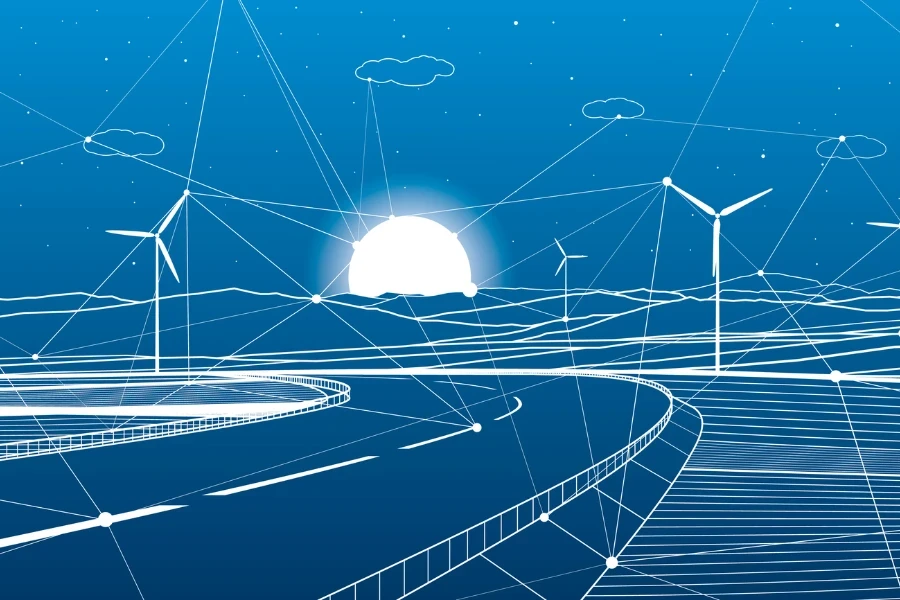
The technology of wind energy is constantly evolving and becoming more efficient, and it is also increasing the potential of wind generators. One of the most impressive technological progresses of late lies in the field of blades. Modern turbines come with longer, lighter blades, which are made of advanced composites and allow the extraction of more wind energy at lower speeds.
Other innovations are focused on making turbines run more efficiently. Streamlined generator designs and smarter control systems are harnessing more energy and putting less wear and tear on the turbines, increasing operating life. Other innovations include integrating wind generators with energy storage systems, which can solve the problem of intermittency by making sure sufficient supply is available when the wind doesn’t blow.
These technological innovations aren’t only making wind generators more efficient, but they’re also bringing down expenses, making wind power more affordable and attractive to a wider consumer base.
Future prospects of wind energy

The future is bright for wind energy – and we haven’t even scratched the surface of its potential. As technology advances and prices continue to fall, wind energy is likely to make an even larger contribution as part of the world’s energy mix. The advent of offshore wind farms is opening up new fronts, where more powerful, consistent winds could pave the way for even greater efficiency and output.
Furthermore, the integration of wind into the smart grids and community projects are making access to clean energy more equitable, decentralising power and enabling social change. Moving forward, as we design, develop and advocate for new energy paradigms, wind generators will be the central and necessary figures leading the way.
Conclusion:
They are an essential part of the renewable energy repository, a sustainable, efficient and increasingly affordable form of energy that will play a vital part in how we provide for our future energy supply. It is, therefore, worth taking the time to examine how wind generators work, their green advantages, and what has to go into their set-up if we are to maximise our use of this clean source of energy. With a little imagination, and some technological advances, this simple and renewable form of energy has the potential to provide the bulk of our electricity needs in a way that is much more acceptable to the environment than the carbon-emitting, intermittent supply of energy we currently rely on.
